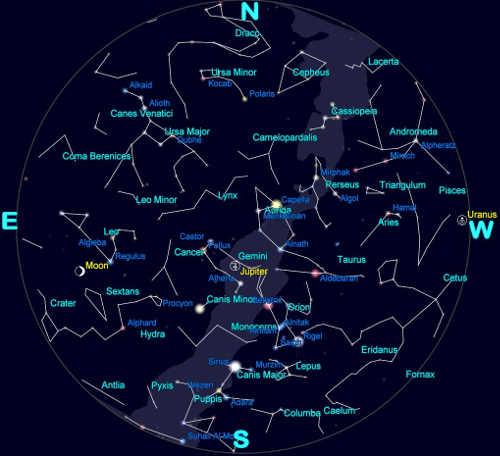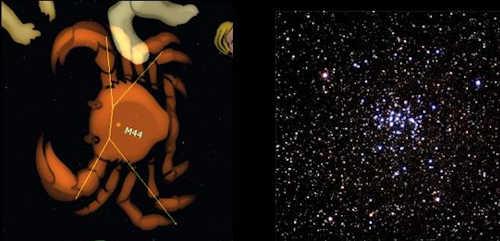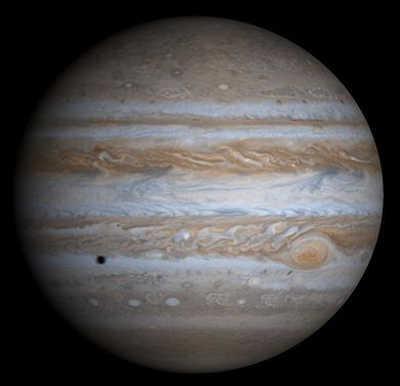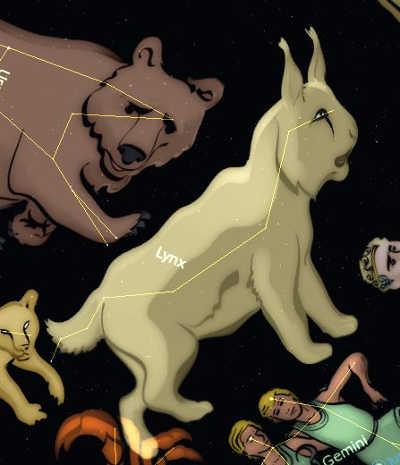- John Zimmerman
- Posted On
Lake County Skies: February presents the planet Jupiter

LAKE COUNTY, Calif. – “February” is named after the Latin term “Februum,” which means purification.
February is the transition between the brilliant constellations of winter and the more subdued constellations of Spring.
In our columns for December and January we discussed the bright showpiece constellations: Taurus the Bull, Auriga the Charioteer, Orion the Hunter, Gemini the Twins, and the hunting dogs Canis Major and Canis Minor.
For February we will explore two much fainter star patterns: Cancer the Crab and Lynx.
Cancer is one of the 12 constellations that comprise the zodiac. Astrology buffs will recognize Cancer as being the fourth sign of the Zodiac. Anyone born between June 22 and July 22 is under this sign.

Cancer is an ancient constellation. In Greek mythology, Cancer represents the crab that bit Hercules on the foot while he was battling the Hydra.
The stars that comprise Cancer are faint, making it hard to see. In the center of Cancer is the Praesepe, or BeeHive star cluster. This is a nice object for a small telescope.
Even fainter than Cancer is Lynx. This is a relatively new constellation created by the 17th century astronomer Johannes Hevelius.
So faint is this constellation he named it Lynx after the expression “Lynx-eyed,” referring to one with exceptional eyesight, which is what is needed to find this constellation.
Our graphic of Lynx shows the degree of imagination needed to create an animal out of this pattern of stars.
To compensate for the faint constellations we have explored in February, there is Jupiter, the fifth planet from the Sun, and the largest planet in our Solar System. Jupiter is the brightest object in the February skies, shining brightly overhead.

Unlike our Earth, which is solid, Jupiter is a giant ball of gas. The gas is about 90 percent hydrogen and 10 percent helium.
Jupiter spins almost twice as fast as does our Earth. Violent storms occur in the upper atmosphere. The rapid rotation makes these storms appear as belts across the planet.
Jupiter has at least 63 moons, the most of any planet.
Through a telescope of any size, Jupiter is a wonderful object to view.
John Zimmerman is a resident of Lake County and has been an amateur astronomer for more than 50 years. For more information about astronomy and local resources, visit his Web site at www.lakecountyskies.com .
























